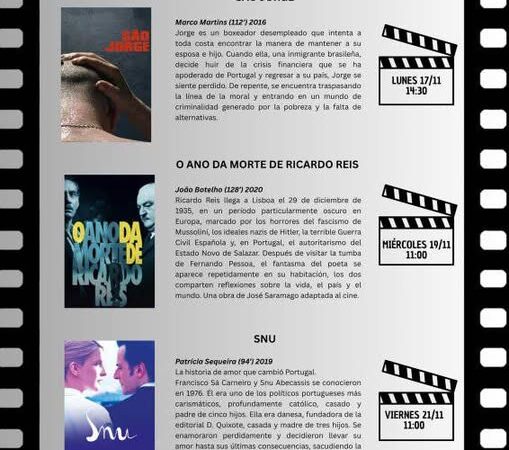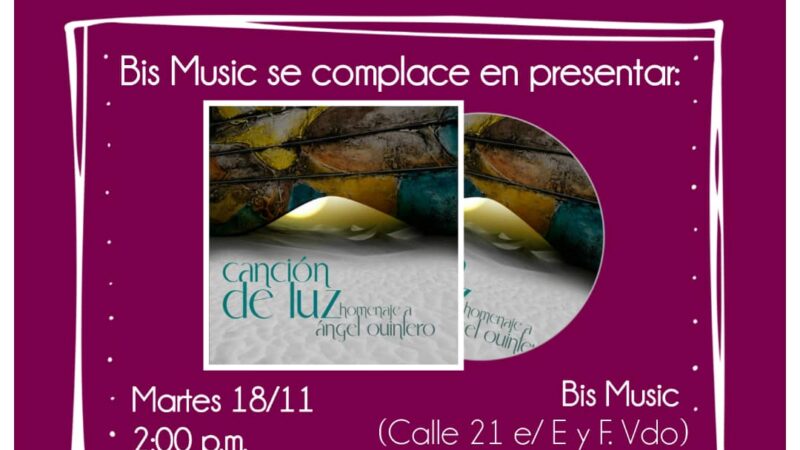Teté Bances and Ismaelillo in the Collection of the National Museum of Decorative Arts
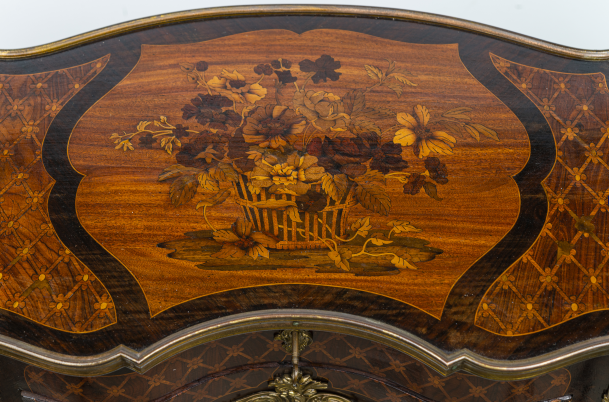
The National Museum of Decorative Arts, in collaboration with the Center for Martí Studies, inaugurated on Friday, November 15, the exhibition Teté Bances and Ismaelillo in the Collection of the National Museum of Decorative Arts.
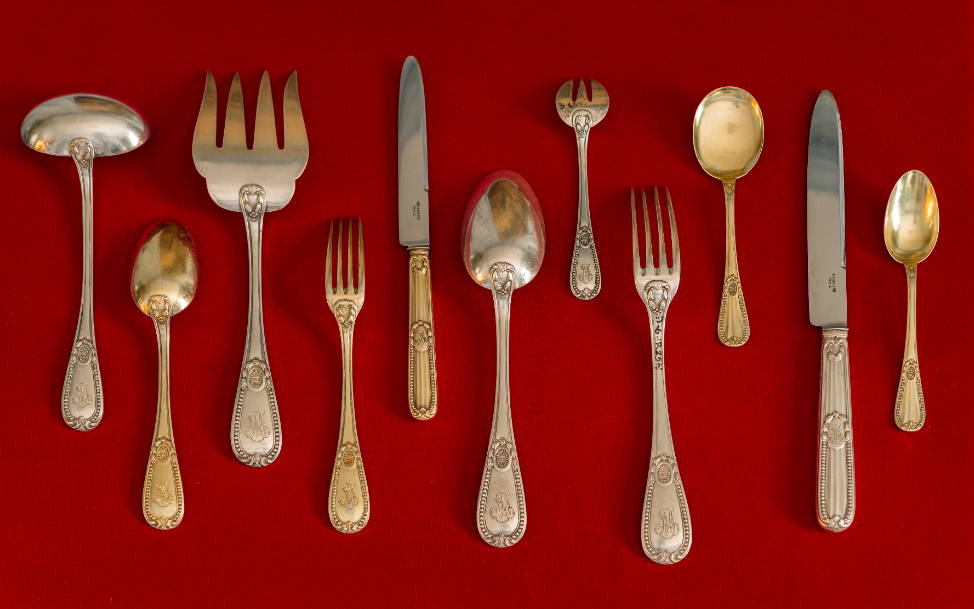
The exhibition, held at the museum, showcases the rich cultural and heritage legacy bequeathed to the nation by the Bances-Martí family after Teté Bances passed away in 1980. Upon her death, numerous pieces from her collection were distributed among various institutions, including the National Museum of Decorative Arts. Many other works remained at the former residence on the corner of Calzada and 4th Streets, which is now the headquarters of the Center for Martí Studies.
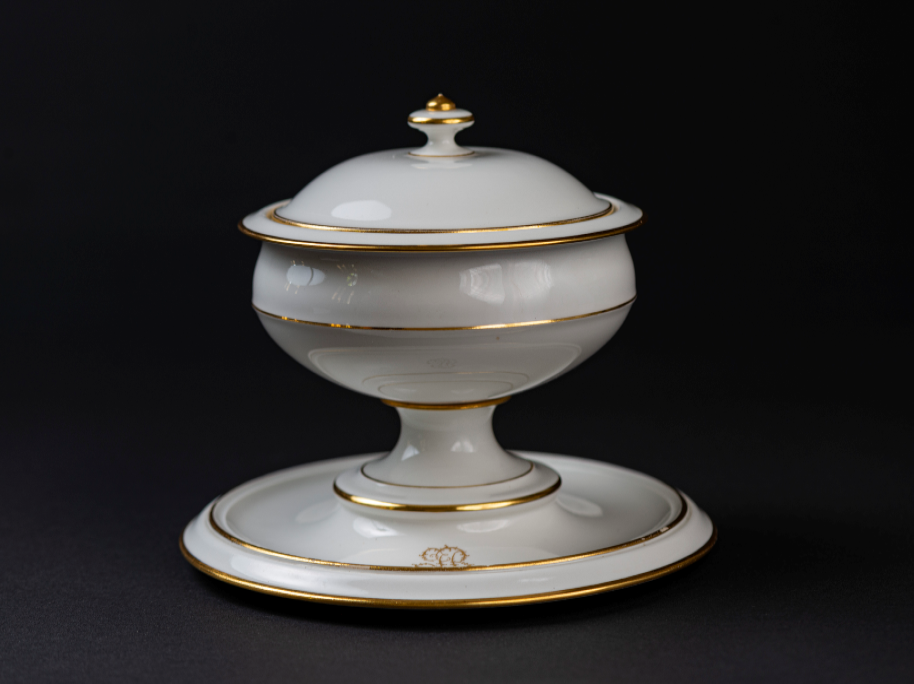
The exhibit features a remarkable Sévres porcelain dinnerware set from the Napoléon III period in the 19th century. Alongside it, a selection of an extensive silverware collection is on display, comprising sterling silver, gilt silver, and stainless steel pieces. Several of these items bear intricately stylized interwoven initials “J” and “M.” Other notable items from the Bances-Martí collection include fans, Manila shawls, and tortoiseshell combs, all now part of the National Museum of Decorative Arts’ holdings.
The Center for Martí Studies actively contributes to the exhibition with two exquisite decorative art pieces. One is a bronze and marble sculpture titled Pheasant and Lizard, created by 19th-century French sculptor Jules Moigniez. The other is an intricately inlaid wooden sewing box with gilt bronze embellishments, also from 19th-century Europe.
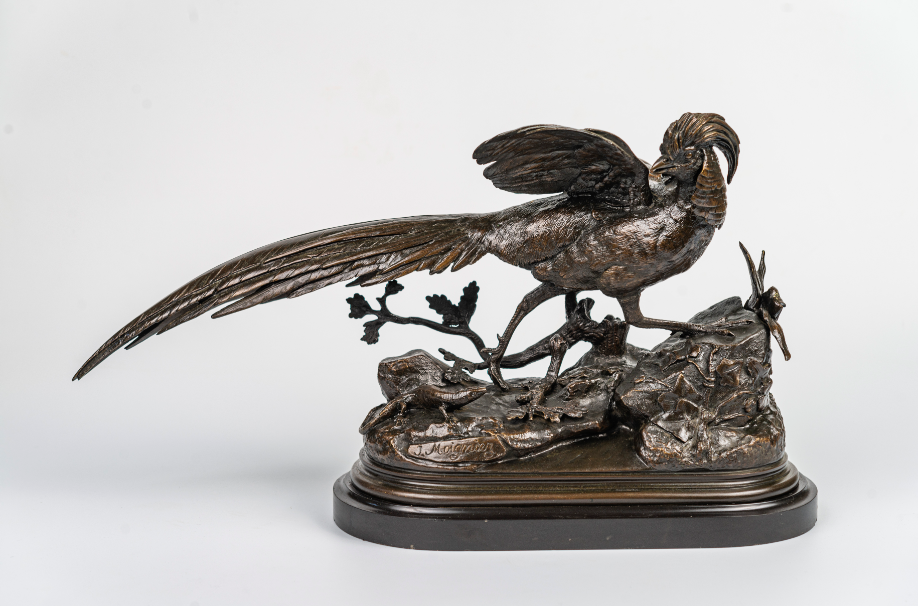
Adding a distinctive element to the exhibition, the museum is presenting previously unpublished photographs from the personal papers of María Luisa Gómez Mena. These photographs, now an essential part of the museum’s archival collection, depict María Teresa Bances Fernández-Criado, José Francisco Martí Zayas-Bazán, and their close connections with the Countess of Revilla de Camargo.
Open to the public until February, the exhibition is dedicated to the recently concluded National Culture Week, offering visitors a glimpse into significant works from the collections of two eminent figures in Cuban history.
Source: National Museum of Decorative Arts
Photos: Courtesy of Yosvanis Fornaris, Director of the National Museum of Decorative Arts
Translated by Luis E. Amador Dominguez


